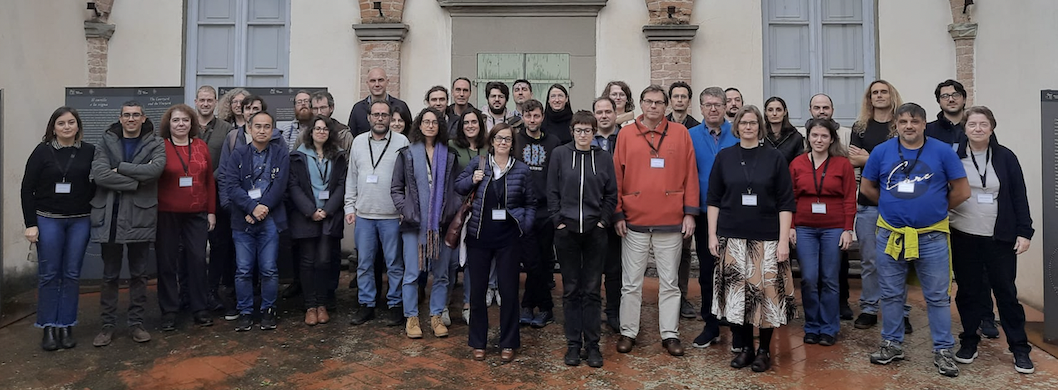Speaker
Description
Compared to the globular clusters and their tidal tails, open cluster tails are ~1000 smaller in terms of star counts and must be found in an environment ~1000 times denser than the halo. Hence finding stars in tidal tails of open clusters is a difficult task even in the era of Gaia. I will present a probabilistic method where we start by simulating the dissolution of a cluster, which defines a likelihood of where the tidal tails should appear in some parameter space. We then select most likely stars belonging to the tidal tails from the Gaia catalogue as well as from a simulated population of stars. Comparing the two selections of stars allows us to define properly normalized membership probabilities for Gaia stars to be part of the tidal tails of a cluster. Normalized membership probabilities have not been calculated before. They allow quantitative measure for matching models of cluster formation and dissolution to observations and open several possibilities for more complete studies of stellar populations in clusters. We used Gaia's positions, distances, and proper motions to search for tidal tails of 500 open clusters and found tails up to thousands of parsecs long. I will also show the diversity of the shapes and structures of tidal tails and discuss the numerous dynamical processes that can be inferred from it.

